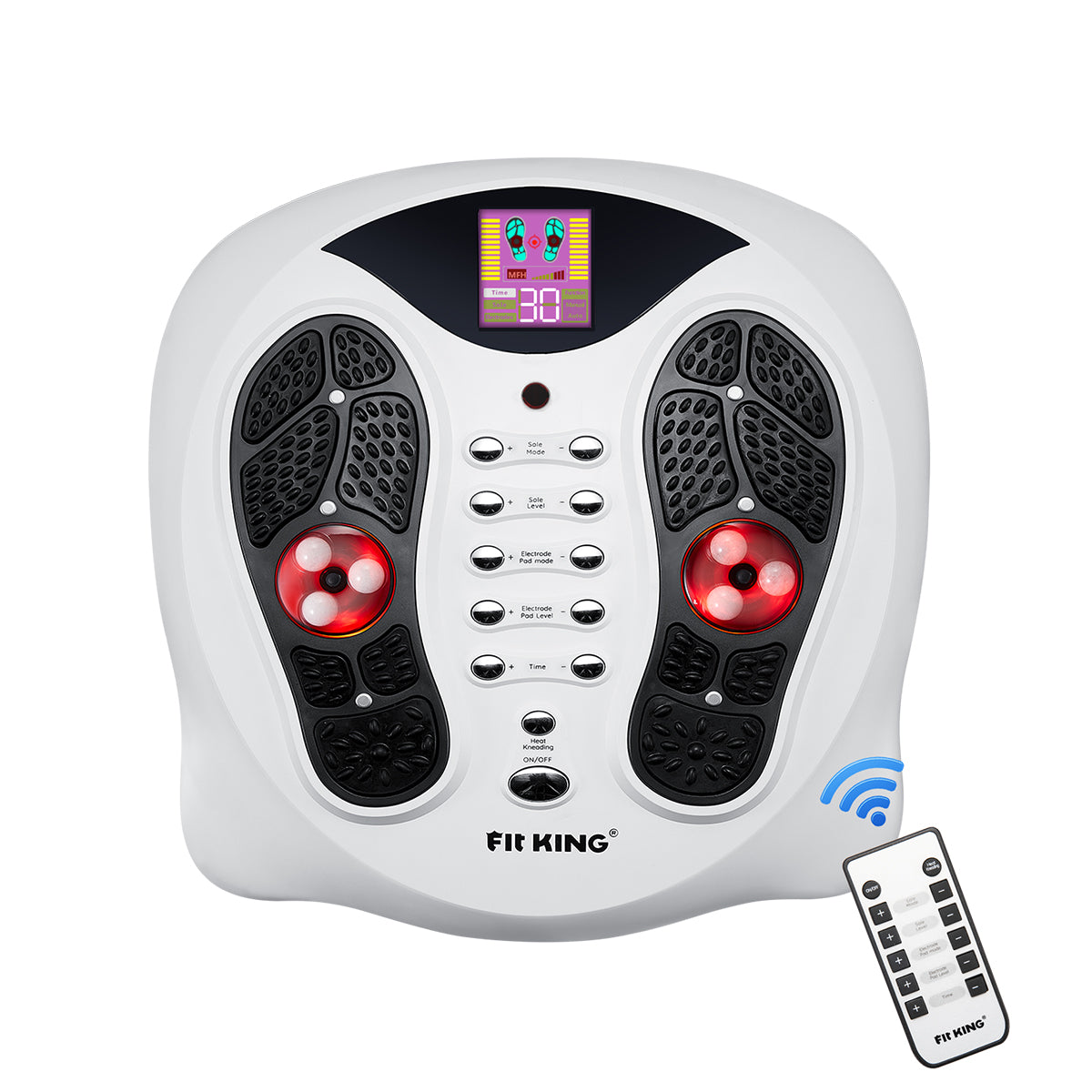Tendinitis is a common condition that occurs when a tendon, the tough fibrous tissue connecting muscle to bone, becomes inflamed or irritated due to repetitive motions, overuse, or sudden injury. It can affect any part of the body but is most commonly seen in the wrists, elbows, shoulders, knees, and ankles. Recognizing the warning signs of tendinitis is crucial for early intervention and preventing further damage. In this article, we will discuss the key indicators that can help you identify tendinitis, allowing you to seek appropriate treatment and make necessary lifestyle adjustments.
Common types of tendinitis
- Achilles tendonitis
- Tennis elbow (lateral epicondylitis)
- Golfer's elbow (medial epicondylitis)
- Rotator cuff tendonitis
- De Quervain's tenosynovitis
What are the symptoms of tendinitis?
Symptoms of tendinitis tend to occur when a tendon attaches to a bone. Symptoms often include:
- Pain, often described as a dull ache, especially when moving the hurt limb or joint
- Tenderness
- Mild swelling
- Stiffness
- Weakness
- Limited range of motion
- Clicking or popping sensation
It is important to note that these symptoms can vary depending on the severity and location of the tendonitis. If you experience persistent pain or any of these symptoms, it is recommended to seek medical attention for a proper diagnosis and treatment.
Causes of tendinitis
Tendinitis can be caused by a sudden injury. But repeating the same movement over time is a much more likely cause. Most people develop tendinitis because their jobs or hobbies involve motions that they repeat, over and over. This puts stress on tendons.
Moving correctly is especially important when having to repeat movements for sports or a job. Moving incorrectly can overload the tendon and lead to tendinitis.
Understanding your risks for tendinitis
Risk factors for developing tendinitis include age, having jobs that involve doing the same motion over and over, doing physical activities with poor form, and taking certain medicines.
- Age
As people get older, their tendons become less flexible — which makes them easier to injure.
- Work
Tendinitis is more common in people, such as gardeners and manual laborers, whose jobs involve:
- Repeated motions
- Awkward positions
- A lot of overhead reaching
- Vibration
- Forced movements
- Activities
When doing physical activities, the following can increase the risk of tendinitis:
- Sudden increase in amount or difficulty of training
- Poor equipment, such as old shoes
- Hard surfaces, such as concrete or gym floors
- Too little recovery time after an injury or too little time to get used to the activity again after time off
- Poor posture or body movements
- Medical condition and medications
Certain medical conditions, such as diabetes, can increase the risk of tendinitis. Medications that may increase risk include:
- Antibiotics known as fluoroquinolones
- Corticosteroids such as cortisone
- Aromatase inhibitors, used to lower breast cancer risk
- Complications
Without treatment, tendinitis can increase the risk of a tendon breaking down or tearing. A completely torn tendon might need surgery.

How to Prevent tendinitis
To reduce the chance of developing tendinitis, follow these suggestions:
- Warm-up: Always take the time to warm up and stretch before engaging in any physical activity or exercise. This helps to prepare your muscles and tendons for the activity, reducing the risk of strain or injury.
- Use proper equipment: Make sure that you are using appropriate equipment and gear for the activity you are participating in. This includes selecting the right shoes, using ergonomic equipment, and wearing protective gear if necessary.
- Maintain proper form and technique: Practice good body mechanics and use correct form and technique during physical activities or exercises. This can help to minimize stress on your tendons and prevent overuse injuries.
- Gradually increase intensity and duration: Avoid sudden and intense increases in physical activity or exercise. Instead, gradually increase the intensity, duration, or frequency of your workouts over time to allow your tendons to adapt and strengthen at a safe pace.
- Take regular breaks: When engaging in repetitive activities, take regular breaks to rest and stretch your tendons. This helps to reduce the risk of overuse and gives your tendons time to recover.
In conclusion
Being able to recognize the warning signs of tendinitis is crucial for early intervention, proper diagnosis, and effective management of the condition. If you experience persistent pain, swelling, stiffness, or any other symptoms mentioned above, it is important to consult a medical professional for an accurate evaluation and tailored treatment plan. By identifying tendinitis early on, you can take necessary steps to mitigate pain, promote healing, and prevent further damage, ensuring a quicker return to your normal activities.











1 comment
fvsbvzuoap
Muchas gracias. ?Como puedo iniciar sesion?
Leave a comment
This site is protected by hCaptcha and the hCaptcha Privacy Policy and Terms of Service apply.